“A&M advisory needs to be more holistic to cover activities across the value chainâ€
Deloitte Touche Tohmatsu India LLP (Deloitte) last month announced the acquisition of Spatial Access, one of India’s leading specialised advertising and marketing advisory and analytics firm, founded by veteran advertising leader Meenakshi Menon. The acquisition is seen as enhancing the organisation’s advisory capabilities and enabling brands to make more efficient Advertising & Marketing (A&M) decisions.
This strategic move is aimed at bringing best-in-class solutions from two leading industry players - integrating knowledge-driven sector expertise by Spatial Access with the technology and advanced data analytics skills of Deloitte.
In conversation with Adgully, Chandrashekar Mantha, Partner, Media & Entertainment lead, Risk Advisory, Deloitte India, speaks at length about the acquisition of Spatial Access and how it will further strengthen Deloitte’s A&M operations, tech-enabled approach to marketing, media audit in the new normal and much more.
How will the Spatial Access acquisition strengthen Deloitte’s advertising and marketing advisory offering to clients?
Deloitte would like to help brands to implement global marketing best practices that help them transition successfully into the ‘Future of marketing’. Our differentiated tech-enabled solutions across the Advertising & Marketing (A&M) value chain are aimed at helping brands align their marketing strategies to the core business objectives.
Post this acquisition, we will be able to uniquely position ourselves in the market by providing deeper insights on consumers and advertising avenues to marketers that help them position marketing spends as a strategic business investment.
Further, this will enable brands to have a one-stop access to the wider global network and solutions that Deloitte offers to its clients – thereby driving a new era of effective marketing investments, accountability at one end. Whilst at the other end this will promote performance driven strategic insights, business partnership approach as well as data and tech-led decision making with respect to A&M investments.
How did this deal come up? What are the synergies that both the companies bring to the table?
At Deloitte, we are constantly striving to make an impact by addressing the high priority needs of our stakeholders. We saw an industry wide challenge of brands struggling to make the most of their advertising and marketing investments and that is where we thought was an opportunity for us to help them in presenting an effective way of transforming their marketing and advertising expenditures to investments.
The prima facie reason for making investments in this space was to identify a partner who would be a cultural fit and whose deep domain expertise in the A&M advisory space, combined with our strengths as the technology leader, will create a differentiated proposition for our clients.
Spatial Access has been a dominant player in India for over a decade and has worked with many marquee local and global brands in India. Culturally, we believe that they are the right fit to our core values. Consequently, Spatial Access was the right choice for us. We believe there is a significant potential to offer a differentiated end-to-end solution suite to advertisers and marketers through this acquisition.
Through this partnership, we also have to our advantage the expertise of a visionary like Meenakshi Menon, who brings over 35 years of deep industry knowledge, an incredibly experienced team, and distinguished credentials over 15 years, knowledge base and a strong brand equity.
Both brands had the common vision, purpose and mission, which is critical for any partnership. Deloitte’s ability to access the wider network capabilities, wider solution portfolio, technology impetus and global reach makes this a unique combination that can reinvent the future of A&M industry in India.
In what ways do you see a tech-enabled approach powering the future of marketing?
Technology plays a much wider and critical role now in effectively transitioning from an event-based marketing focus existing in the industry to the new-age ‘always on’ content driven marketing of the future.
A tech-enabled approach enables brands to gather deeper insights on consumer behaviour, decision triggers, evolving spending patterns, TG’s path to purchase. Facial or voice analysis, deep learning based word associations, AI driven personalised creatives, content and geo targeted promotional are moving beyond the proof of concept stage. AR/ VR based Ad content will create a more immersive and near human experience for the consumers. New age technologies will enable enhanced customer segmentation and targeting. Deep learning and Machine learning techniques will enable building predictive models on media planning and buying to optimise the planning and buying activities and enhance the ROIs on spends. Technology will help reduce wastages and monitor effectiveness of the Ad creatives. In a more evolved digital state, a more precise sales attribution to marketing channels is also a possibility.
Could you elaborate on how emerging technologies such as AI and ML are helping brands get maximum ROI out of marketing spends? Please share some examples/ case studies?
These concepts are no longer new, but the extent of their application in business decision-making varies across brands depending on the maturity and agility of their respective organisations. Brands are setting up AI-equipped data centers to collect, collate and synthesise customer insights from multiple sources like CRM, social listening and traditional marketing research.
Applying AI and ML algorithms, brands are testing various hypotheses to identify correlation between variables that were earlier considered unrelated; for example, a link between morning breakfast and ice cream, correlation between two unrelated products on e-commerce platforms for growth hacking.
Brands in India are appreciating the power of technology to discover new insights that can further build new products, variants or focus on factors during marketing these products to drive better results. Although it is early days of adoption, brands are gearing up for the investments, change management and restructuring of skill sets necessary for large-scale adoption of these technologies.
In what ways has the COVID-19 pandemic changed the dynamics of marketing and advertising? What are the new insights emerging?
Brands are revisiting their consumer’s path to purchase and their business models in the new normal, as their customer segmentation, targeting and positioning has changed in many categories. Brands will have to welcome the future early by accelerating their digital transformation journey in general, including Marketing Technology (MarTech).
Broadly, brands fall into the following categories depending on their ability and readiness to adopt emerging technologies:
- Brands with an ability to continue their investments in advanced technologies, including Martech, will have the first mover’s advantage in their space.
- Brands focusing on identifying alternate business models for survival as against focusing on major technology investments. Even though adoption of technology may be key for transitioning from a pipeline to a platform model, the journey may vary across brands.
- Brands that may not be able to adapt to the new normal or may not be in a position to focus on technology may eventually have to find investments or the right partners to support their revival.
How is Deloitte advising its clients on navigating the advertising spends in an innovative and rewarding way?
The recent acquisition of Spatial Access by Deloitte has enabled us to have access to industry leading A&M advisory skillsets presently available in India. The tools and enablers, including Deloitte’s advanced analytics capability, differentiate us significantly and equip us to assist our clients in enhancing the effectiveness of their A&M investments.
With deeper industry and category insights, we are now able to understand the needs of our clients’ target audience better and provide data-backed recommendations.
Our tools and delivery approach can help brands invest in the right mediums, right channels and platforms, optimising their media planning and cost effort through reduction in wastages/ inefficiencies by challenging their existing assumptions and perceptions about consumer behaviour through an insider’s view with an outsider’s perspective, independence and objectivity.
What should be the key components of media audit in the new normal to bring cost efficiency for brands?
A&M advisory now needs to be more holistic to cover activities across the A&M value chain. Beyond scale and enhancement opportunities, there is a need to also look at potential risks, which might occur in the journey. Brands need to look at this aspect of value protection as well.
With a razor sharp focus, brands must review their marketing objectives and distribution across mediums, existing customer segmentation and targeting needs. Brands need to assess the effectiveness of Premium buys, sponsorship deals, tent-pole investments in the current scenario.
In addition, activities carried out for brand building purposes, unexplored or under explored Digital marketing avenues, BTL spend outcomes and effectiveness should also be re-evaluated.
A well-rounded strategic business partnership approach as against a tactical mindset would be more effective to deliver impactful results.


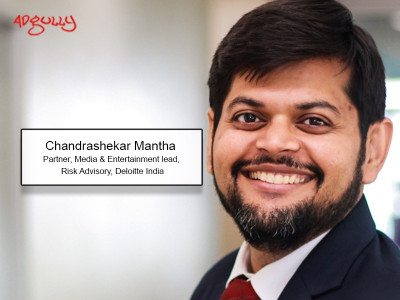
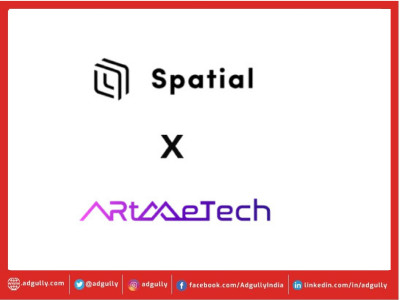


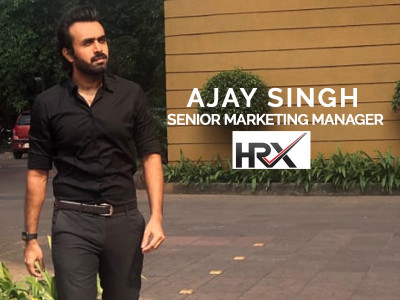

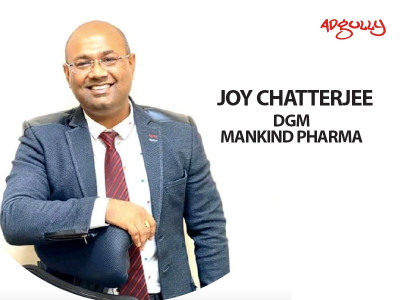
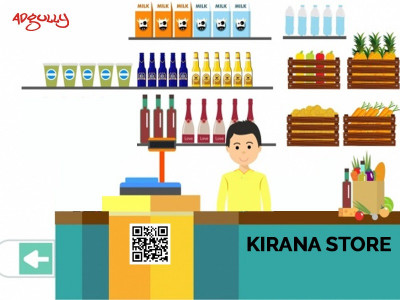

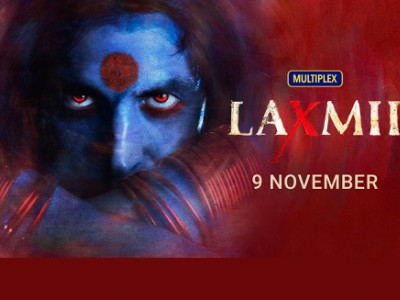


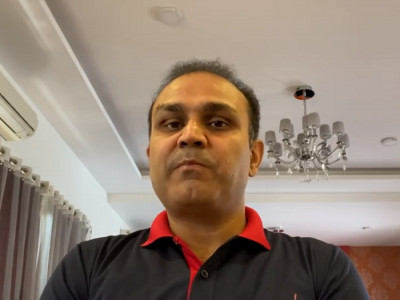

Share
Facebook
YouTube
Tweet
Twitter
LinkedIn